Resignation Letter Template for a Professional Exit
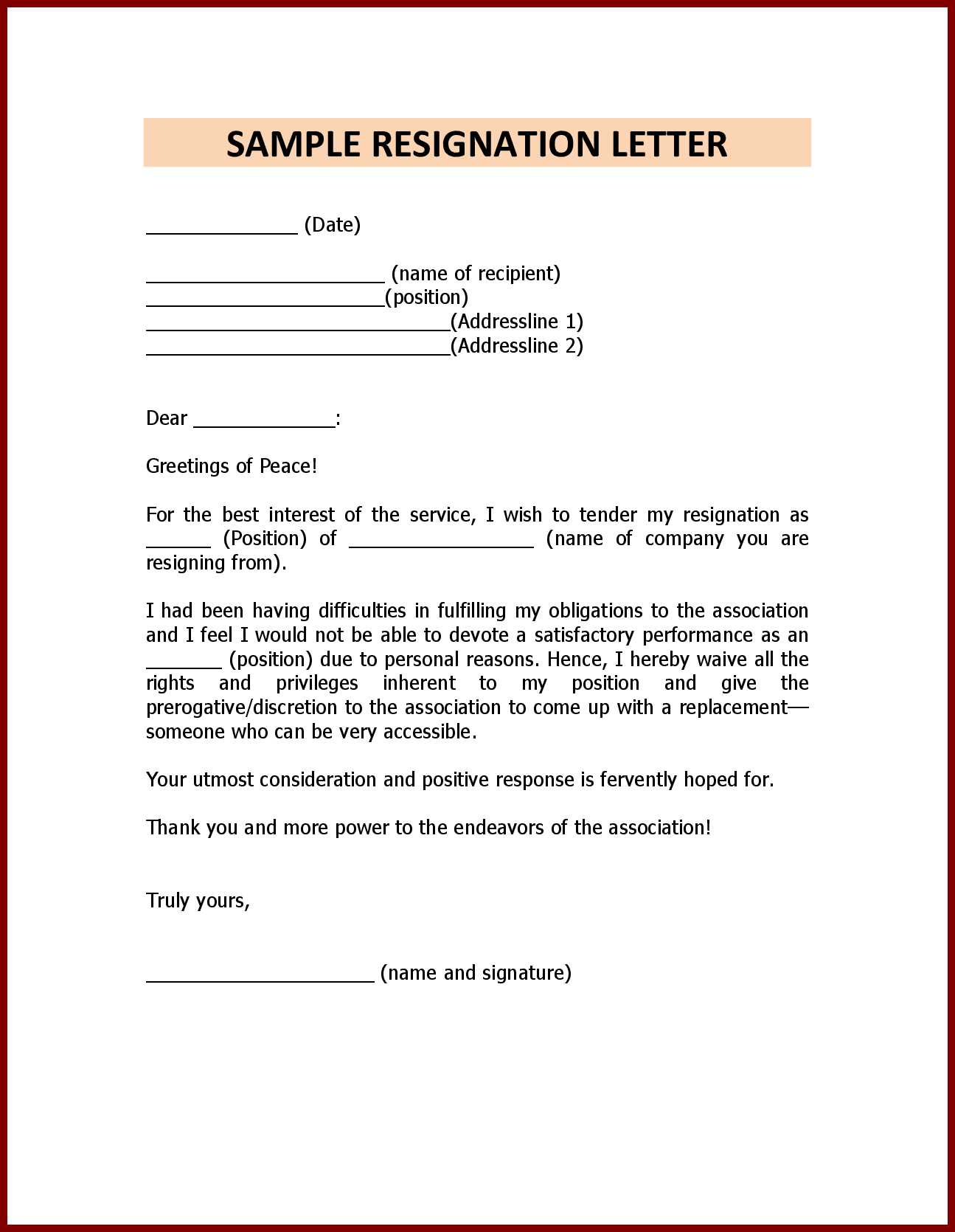
When it’s time to move on from your current job, having a clear and well-written document to express your decision is crucial. This formal announcement not only ensures you leave on good terms but also helps maintain professionalism throughout the process. A well-constructed document is essential for a smooth transition, leaving both you and your employer with a positive experience.
Essential Elements to Include
To create an effective resignation, it’s important to cover a few key points. Here’s what should be included:
- Clear Statement of Departure – Be direct and state your intent to leave.
- Last Working Day – Provide a specific date for your final day.
- Reason for Leaving – This is optional, but it’s helpful to briefly mention the reason, if appropriate.
- Gratitude – Show appreciation for the opportunities and experiences you’ve gained.
- Offer to Help with Transition – Show your willingness to assist during the transition period, if applicable.
Common Mistakes to Avoid
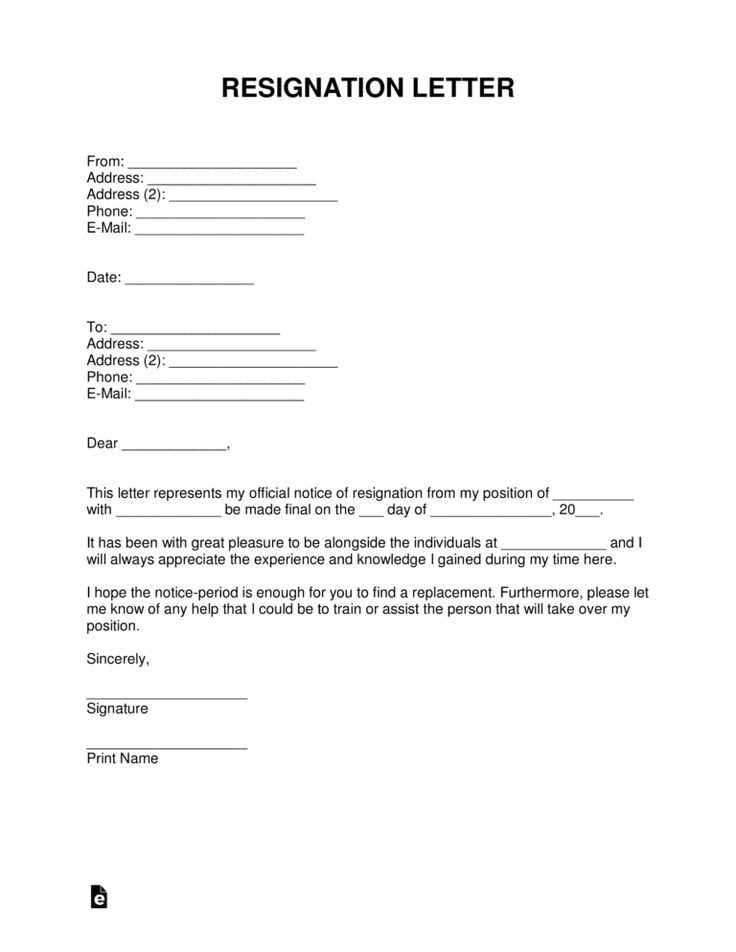
Even though this process may seem straightforward, there are several pitfalls to avoid:
- Being overly emotional or negative about your departure.
- Failing to provide sufficient notice as per company policy.
- Leaving out important details such as your final day or reasons for leaving.
Timing Your Departure
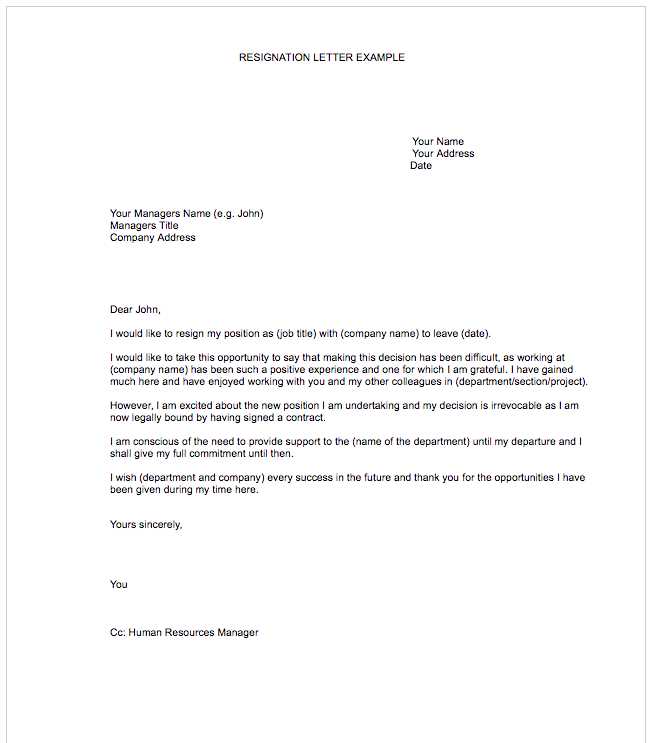
Choosing the right time to submit your resignation is critical. Ideally, you should give ample notice, typically two weeks, to allow your employer to plan for your departure. This helps maintain a good relationship and ensures your exit is smooth and professional.
Adapting for Different Job Roles
The format and tone of your departure document may vary depending on your position and the industry. While the core elements remain the same, senior roles might require more detailed communication, while entry-level positions may allow for a more casual approach. Always tailor your message to the situation.
Understanding the Value of a Formal Departure Notice
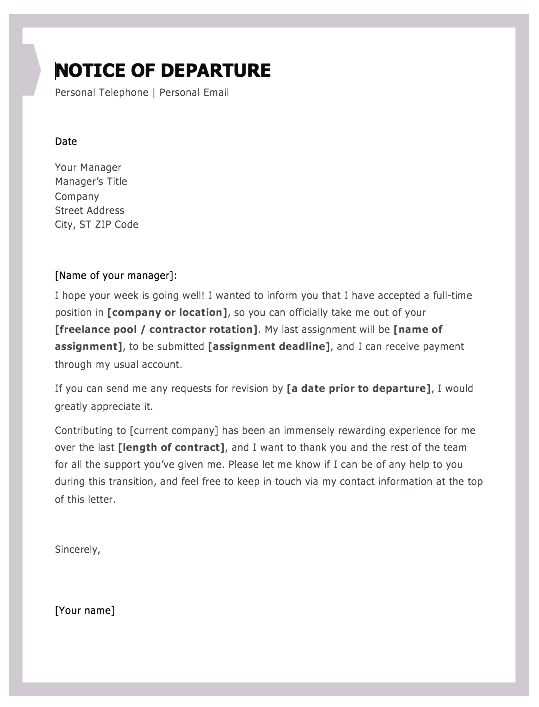
When deciding to leave your current role, communicating your decision properly is important for maintaining professional relationships. A well-crafted announcement ensures both parties understand the transition, avoids misunderstandings, and leaves a positive lasting impression. Knowing how to express your decision clearly and respectfully is key to making the process smooth and efficient.
Key Elements for Crafting a Professional Announcement
A formal message announcing your departure should include essential details to ensure clarity and professionalism. Here are the core components to consider:
- Clear Intent to Depart – State your decision to leave the role in a straightforward manner.
- Final Working Date – Indicate your last day with the company.
- Expression of Gratitude – Appreciate the opportunities and experiences you gained while working there.
- Willingness to Assist – Offer help during the transition period to ensure a smooth handover.
How to Create a Professional Departure Notice
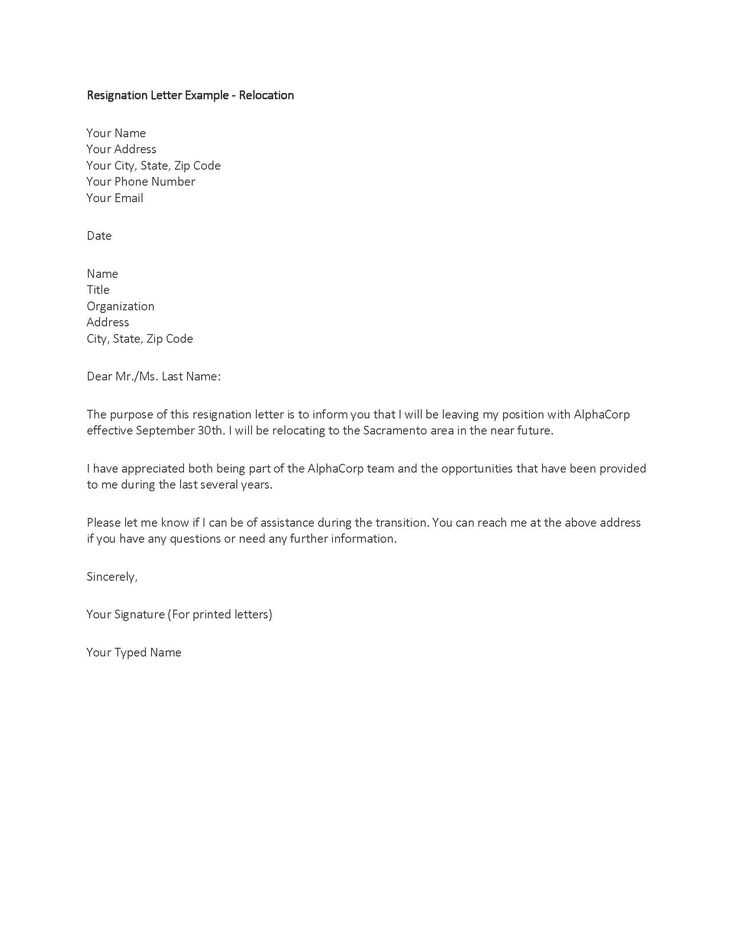
To ensure a professional tone, it’s important to structure your message clearly and concisely. Focus on being polite and respectful throughout, even if the decision is difficult or emotional. Stay positive and refrain from including personal grievances. By keeping the message courteous, you maintain a strong professional reputation, which can be valuable in the future.
Avoiding Common Errors is essential in ensuring your departure is on good terms. Some common mistakes to avoid include:
- Failing to give adequate notice.
- Including too much personal detail or negativity.
- Not being clear about your last working day.
Optimal Timing for Submitting Your Resignation
Submitting your notice at the right time can make a significant difference. Typically, providing two weeks’ notice is the standard, though some positions may require more time. By giving your employer proper time to make arrangements, you demonstrate respect for their needs and allow for a smoother transition.
Customizing Your Announcement for Different Roles is crucial to fit the context of your departure. Higher-level positions may require a more formal tone, while less senior roles might allow for a more straightforward approach. Tailor your message accordingly to fit the company culture and your relationship with the employer.